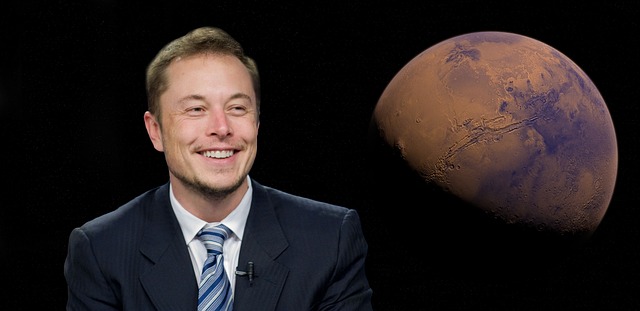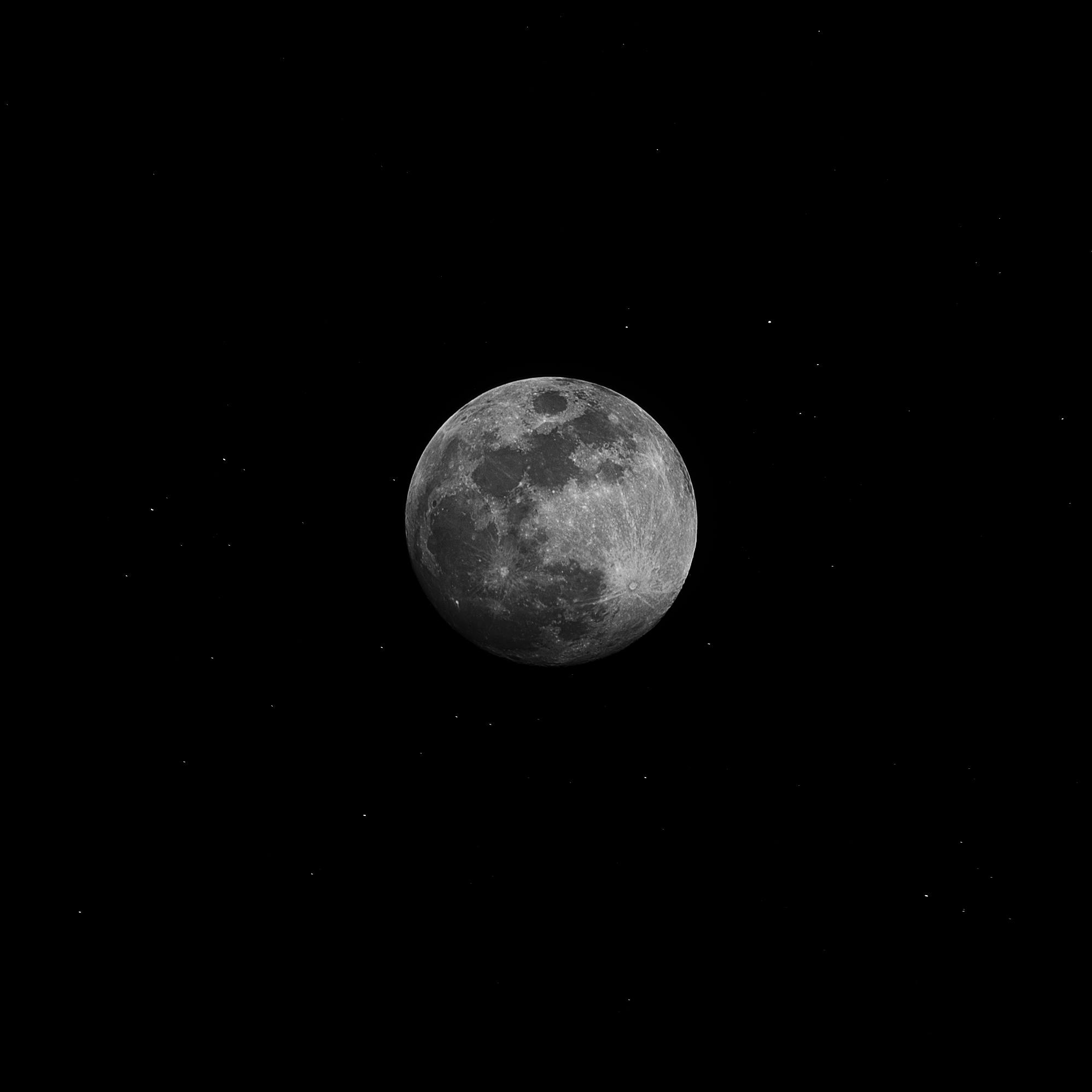
The Moon is now once again a focal point of space exploration, five decades after the last Apollo missions. However, this time around, NASA isn’t the sole entity interested or capable of lunar exploration.
For over 50 years, the number of astronauts who have walked on the Moon has remained constant at 12, all of whom are American. But this status quo is on the brink of change.
Governments and commercial enterprises from regions like Europe, the Middle East, and the South Pacific are embarking on missions to orbit the Moon or land on its surface.
The historic competition between the US and Soviet space agencies for lunar exploration has now become global.
China, after two successful orbital missions in 2007 and 2010, landed the Chang’e 3 unmanned spacecraft on the Moon in 2013. Six years later, Chang’e 4 became the first mission to land on the far side of the Moon. The robotic Chang’e 5 returned lunar samples to Earth in 2020, and Chang’e 6, scheduled to launch in May of this year, will bring the first samples from the far side of the Moon. And China’s plans don’t end there.
China openly aspires to send a pair of its astronauts to the Moon before 2030. There have been demonstrable advances in several areas necessary to execute such a mission, including the development of a new manned launch vehicle, a next-generation manned spacecraft, a lunar landing module, and expanding ground stations.
It is not surprising that the recently announced delays in NASA’s Artemis lunar program, which postponed plans to land astronauts on the lunar surface until at least September 2026, have led to talk of a “lunar race” between the United States and China.
India, meanwhile, became the fourth country to land on the Moon with the Chandrayaan-3 unmanned mission in August 2023. Following this success, the President of the Indian Space Research Organization (ISRO) announced its goal of sending astronauts to the Moon by 2040.
Japan’s Slim mission recently placed its Moon Sniper landing module on lunar soil, marking Japan as the fifth country to reach Earth’s closest neighbor. The Japanese space agency Jaxa is also nearing the end of negotiations to send a Japanese astronaut to the Moon as part of the Artemis program.
Other countries, such as Israel, South Korea, and numerous member states of the European Space Agency (ESA), have also placed robotic spacecraft in lunar orbit.
The reasons for returning to the Moon now are varied: from scientific knowledge and technological advancements to the prospect of accessing potentially useful lunar resources and political or economic value.
In recent years, India has also experienced a boom in new space startups like Pixel, Dhruva Space, Bellatrix Aerospace, and Skyroot Aerospace.
In October 2023, an Australian private company, Hex20, announced a collaboration with Skyroot Aerospace and the Japanese ispace, which will attempt its second robotic lunar landing later this year. The collaboration aims to stimulate demand for affordable lunar satellite missions.
When it comes to the Moon, footprints and flags on its surface still make the most significant headlines. The four astronauts entering lunar orbit in Artemis II (Christina Hammock Koch, Reid Wiseman, and Victor Glover of NASA, plus Canadian Space Agency astronaut Jeremy Hansen) are featured in the immersive show Moonwalkers in London. The show, written by British filmmaker Chris Riley and actor Tom Hanks (who played famous astronaut Jim Lovell in the movie “Apollo 13”), highlights NASA’s collective effort to send astronauts to the Moon and anticipates that Artemis will do the same.
Gerry Griffin, the former flight director of NASA Apollo, recently called the Artemis program “wonderful.” “I’m worried about funding,” he said, “it will always be a problem.” But Griffin is optimistic and has full confidence in his astronauts. “We have the best. They are really good. We have to move on. It’s time to go back.”



